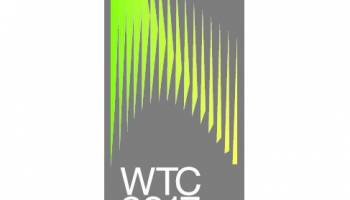The use of Fibre Reinforced Concrete (FRC) is widely accepted in the tunnelling industry. The generally accepted method to determine the material parameters of FRC is the standard 3-point beam test. The effect of age can be relevant for tunnels, because these structures are usually designed for life cycles over 100 years. In this paper the test results of FRC specimens with different fibres using different testing methods (beam and square panel) at different ages will be presented. FRC changes its properties over time in case of both fibre types. The post crack capacity of steel FRC increases in beam tests, while it decreases in panel tests, which yields the conclusion that steel fibres work better at smaller crack width. This changes only a small amount over time. The energy absorption measured from panel tests reduces in case of steel fibre, but stays at a constant level for synthetic fibre.
#fib #concretestructures #age #testingmethod #fractureenergy



